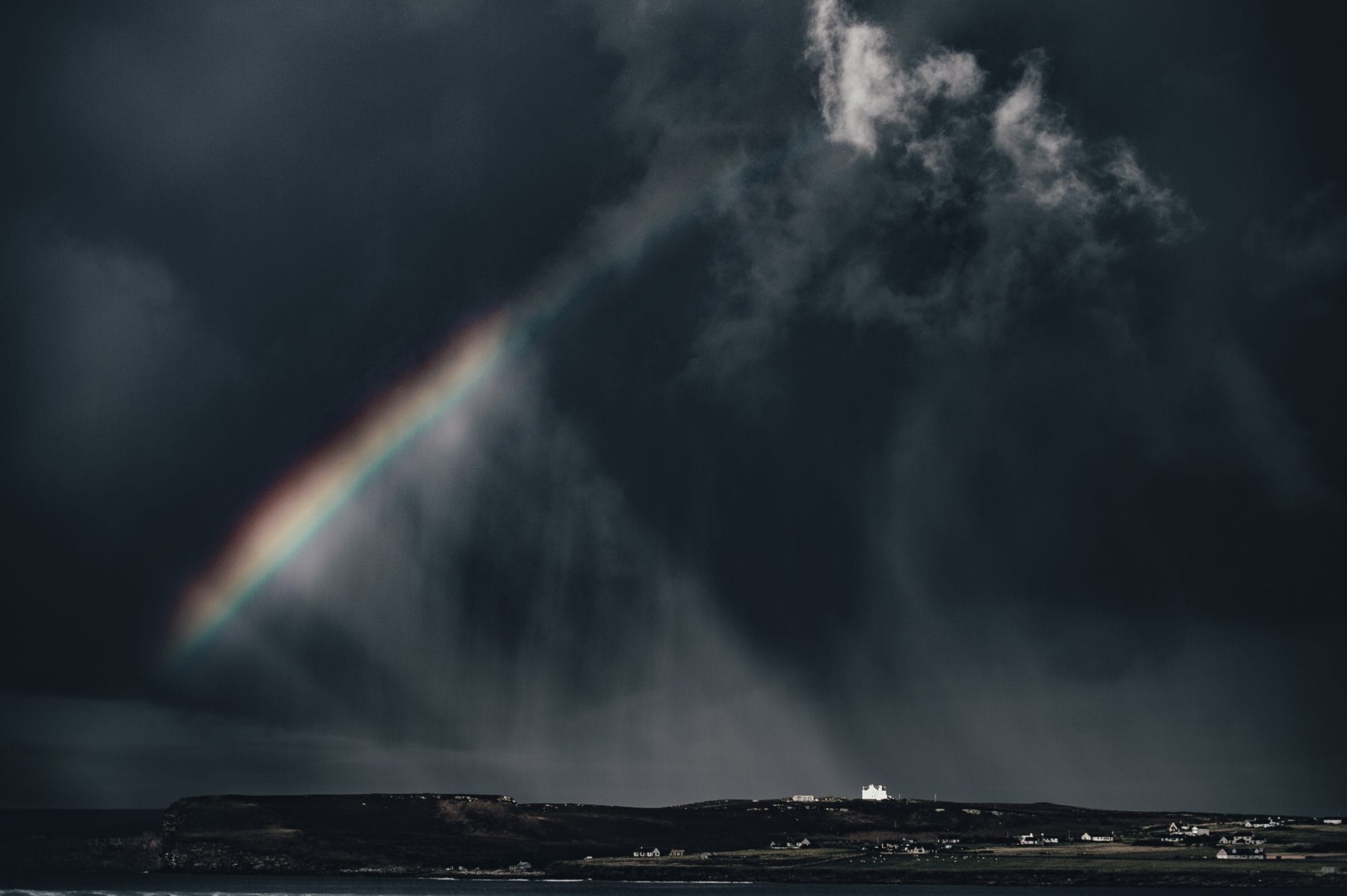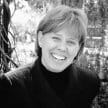With the earth functioning for me as an object on which to meditate, or at least as a source of teachings that resonate with Buddhadharma, doubt is the hindrance that shakes my ability to use earthdharma to cultivate equanimity in light of the April 13 earthquake in Qinghai Province, China. Scientific understanding of earth processes has enhanced my capacity to access Buddhadharma, but at this moment it’s hard for me to regard the earthquake dispassionately and simply as a manifestation of the earth’s dynamism and propensity to change.
It’s true that this earthquake occurred because of the sideways slipping between two lithospheric plates—the same kind of motion that caused the 2010 Port-au-Prince earthquake I’ve previously written about for this blog. The eastern Tibet Plateau is a geologically complex region where the Indian and Eurasian lithospheric plates converge; you can picture what’s happening in the earth’s crust there by imagining the configuration and forces that result when you eject a seed from between the thumb and pointer finger of your left hand, the Tibetan plateau being the seed.
Enormous forces are at work there. The Indian plate is moving northward, toward the Eurasian plate—your thumb and forefinger in my analogy, respectively—at a rate of 46 millimeters per year. It’s that convergence that drives the uplift of the magnificent Himalaya at a rate of 10 millimeters per year to form what we geologists refer to as “the roof of the world.”
I know with my geoscientist’s mind that the 6.9 magnitude temblor likely reflects the interplay among the major tectonic (mountain building) forces along the Kunlun fault system that runs approximately 300 kilometers north of the epicenter of the seismic event. This tremor is one of the largest known quakes within several hundred kilometers of this location; one with similar magnitude occurred nearby in 1738.
Regardless, my scientist’s heart feels the vicissitudes of pain and loss when I read that hundreds of people have been killed and thousands injured and buried under debris, many of them peaceful ethnic Tibetan farmers and herdsmen like those I encountered on excursions in Qinghai province in the summer of 2008, just after the devastating Sichuan earthquake. I experience the unpleasant feeling tone that accompanies my geoscientific knowledge. And my heart doubts what my head grasps.
I’ve been asked often in 2010 if the frequency of earthquakes is increasing. My mind comprehends that although it may seem that we are having more earthquakes, the U.S. Geological Survey (USGS) reports that quakes of magnitude 7 or greater have remained essentially constant. I accept the partial explanation that, according to the USGS, in the last two decades we have been able to locate more earthquakes because of vast, improved and rapid global communication systems and the higher number of seismograph stations in the world than ever before. These conditions cause a 21st-century population that is already quite concerned about environment and hazards to learn about these earthquakes as they happen. Historical records suggest that we should expect annually one great earthquake (above 8), 15 major quakes (7-7.9) and 134 tremors of 6 to 6.9 magnitudes. By this accounting, the year 2010 has offered no greater seismic hazard than usual.
I try to see this latest earthquake as evidence of cyclic impermanence and Earth renewal. Still, my scientist’s heart aches. I set down my pen to sit so that I might cultivate both compassion in my heart for the living beings of that region, and equanimity that can help me along the path of using geoscientific insight to reduce suffering.

